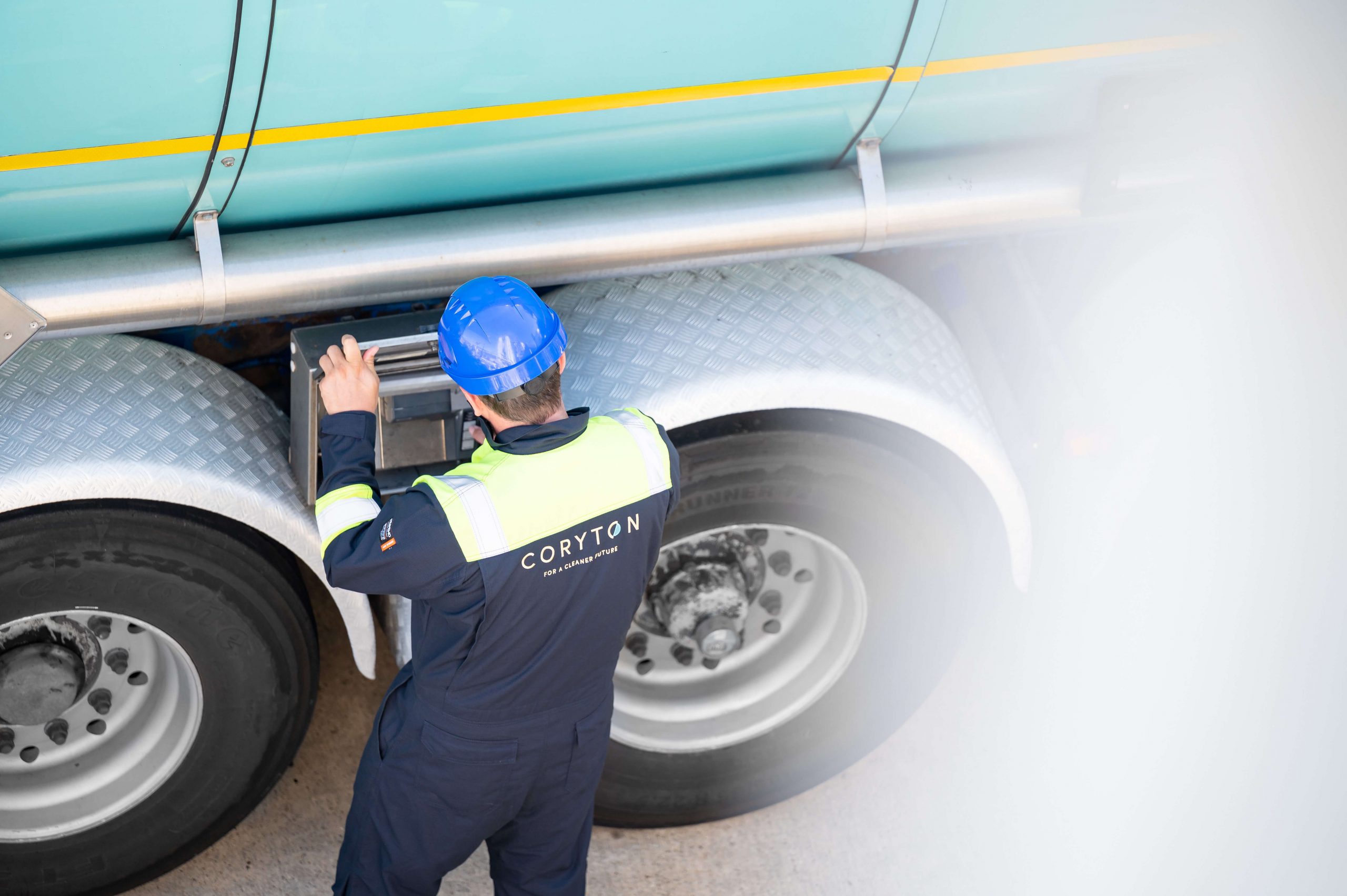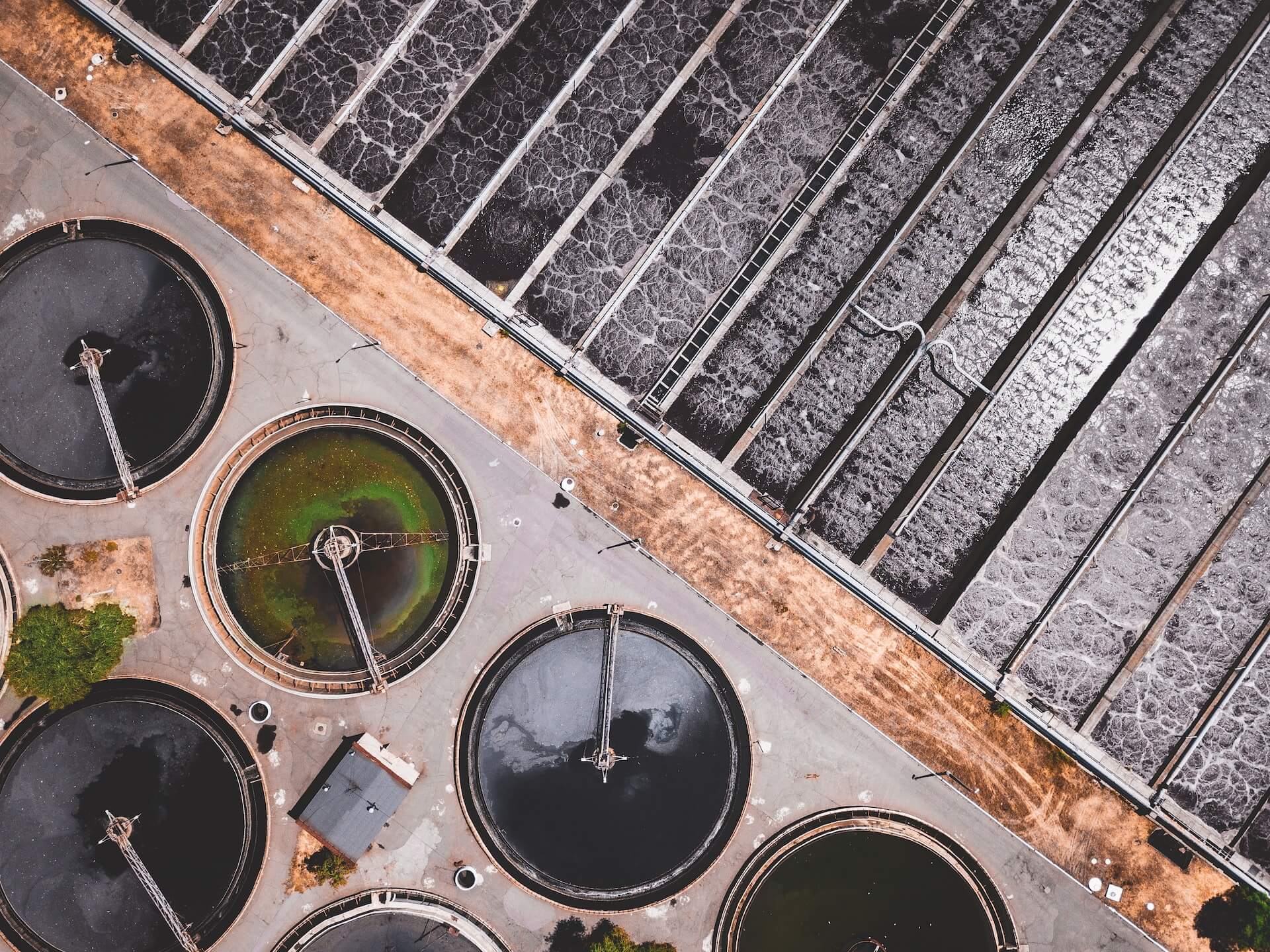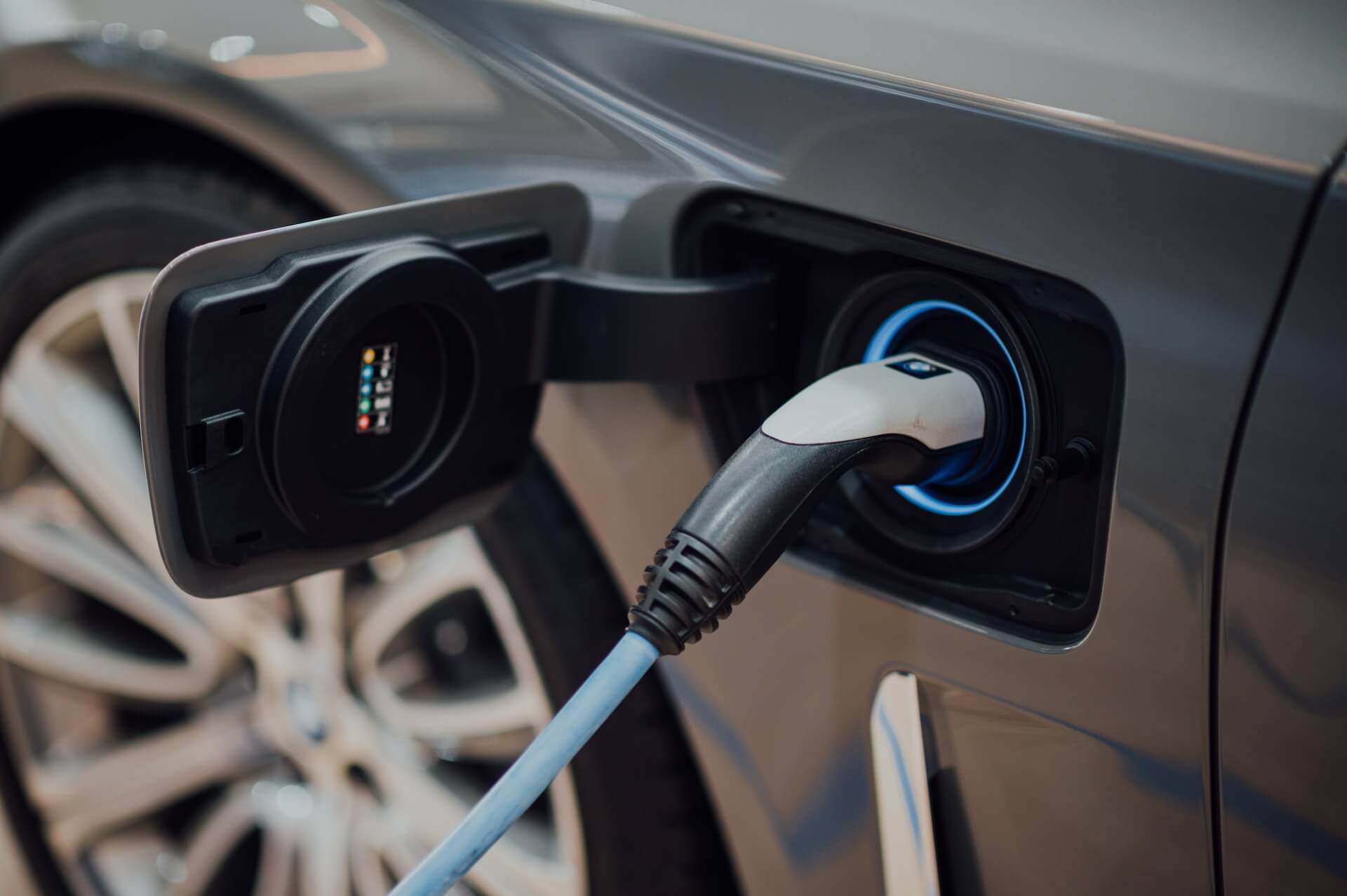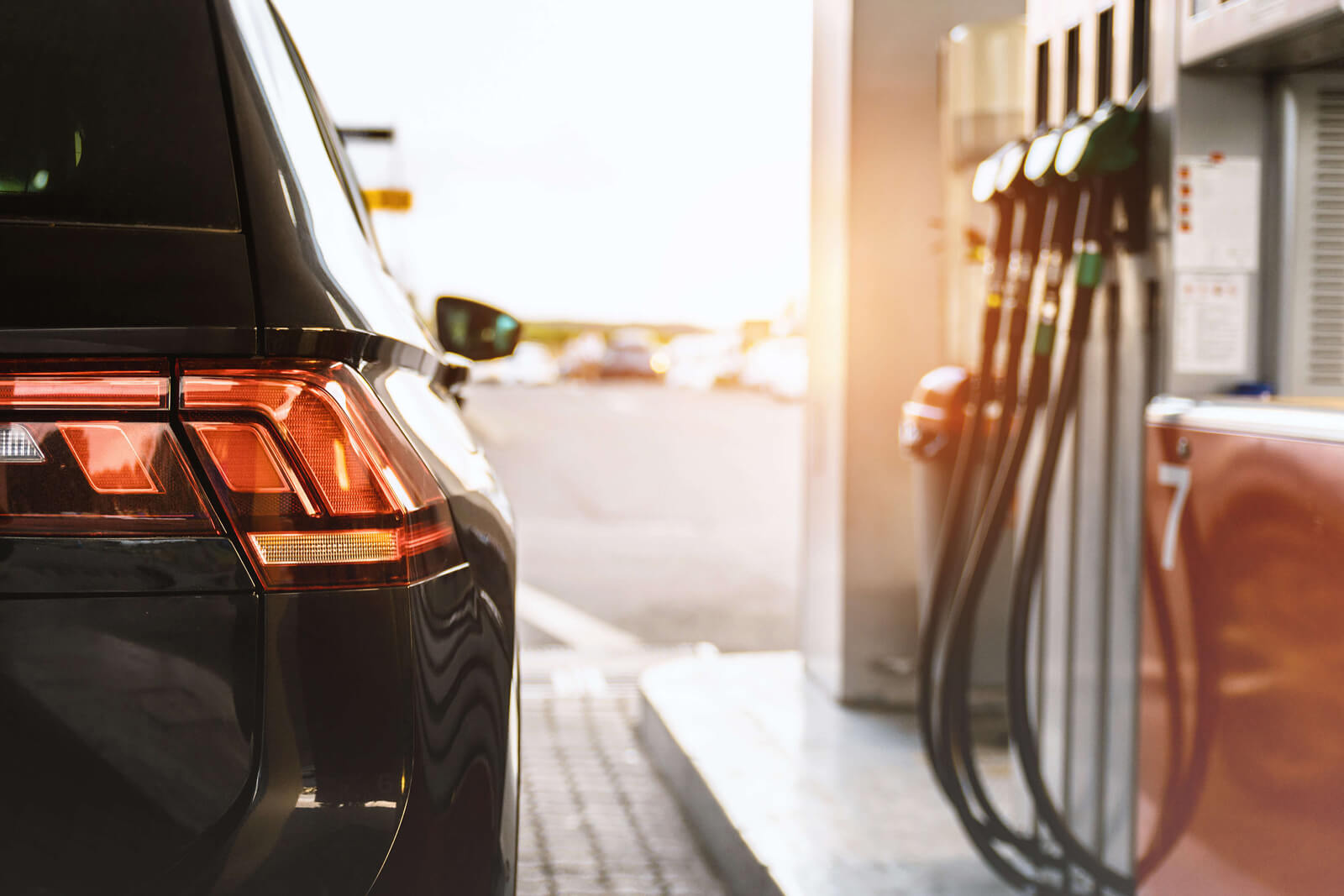
27 September 2022
Coryton’s Guide to Sustainable Fuel

What actually is a ‘sustainable fuel’?
In brief, sustainable liquid fuels are a carbon neutral source of energy (utilising carbon captured from the atmosphere or recovered from waste feedstocks), that are economically viable and socially acceptable to end users.
Sustainable fuels are made from renewable material in replacement of fossil fuels. They must also comply with sustainability criteria around things like land use, water footprint, and so on.
There are several different types of sustainable fuel. They can be second generation biofuels, made with agricultural waste such as straw, by-products or waste from crops which wouldn’t be used for consumption. They can also be synthetic or e-fuels, created in a chemical process.
Sustainable fuels are sustainable because they effectively recycle the carbon. The carbon a sustainable fuel contains is captured or absorbed from the atmosphere during the production process – for example, the agricultural products absorb CO2 whilst they grow. Once it is turned into fuel and burnt, that same carbon is then released back into the atmosphere. It can then be captured again by the plants, to be turned into more fuel, to repeat the cycle. Fossil fuel, on the other hand, has held its carbon safe for millions of years, and burning it releases additional CO2 back into the atmosphere.

What difference could sustainable fuel make to the environment?
The government’s own figures show switching to sustainable fuel could reduce carbon emissions by more than 80 per cent[i]. But even a staged introduction could remove 130 million tonnes of CO2 in Europe by 2030[ii] – almost the same amount as 33 coal fired power stations would produce in a year[iii].
There are 36 million existing cars on the UK’s roads – only 0.5% of which are currently fully electric – and 275 million passenger vehicles in Europe[iv]. It would make sense to do something to quickly tackle those, rather than just waiting for the entire fleet to be replaced with electric vehicles. That is the direction we’re heading in, but we need to make an impact on greenhouse gases more quickly than that can happen.
The internal combustion engine (ICE) is often seen as the problem, but in reality it is the fossil fuels consumed that render the ICE harmful to the environment. Huge investment has been made in improving the ICE, making it more efficient and cleaner, and with further development and a transition to sustainable fuels, CO2 emissions from ICEs can effectively become net-zero.

If sustainable fuel is so good for the environment, why is it not being more widely used?
Sustainable fuels have been sidelined somewhat because of the government’s way of measuring environmental impact. The current measurement system is set up only to look at tailpipe emissions, not the more meaningful life cycle analysis which also takes into account any pollutants created in the production and disposal of a vehicle and its fuel source.
Sustainable fuels do create tailpipe emissions – but it is the same CO2 which has been captured during the production process, as detailed in the cycle above.
Given sustainable fuel could be introduced much more rapidly than the transition to all electric, we believe this is something we should be looking at very seriously to help tackle the climate emergency, whilst the infrastructure for electrification is put in place.

What is the difference between first generation biofuels and second generation?
Much of the early biofuel production, such as biodiesel, was predominantly based on crop production. Corn, sugarcane, soybeans, palm oil, rapeseed oil were the most known energy sources for our biofuels for decades. These are known as first generation biofuels.
However, they can’t truly be classed as sustainable. Fertile land shouldn’t be used for our energy production. Food production and creating a healthy living environment should be the most important use of our land. Second generation biofuels have to become the standard when it comes to producing sustainable fuels, finding ways to use the energy otherwise wasted, by rotting biological waste or decomposing hydrocarbons in our wastewater treatment plants.

Do you think that sustainable fuels should be pursued instead of electric vehicles?
Few deny that electric vehicles run on renewable energy and produced in an environmentally and socially conscious way is the goal that road transportation needs to aim for – but it’s not a quick solution. With issues around battery production, an entire infrastructure to replace, and the fact that only around 40 per cent of electricity consumed in the UK is currently renewable, there are still a lot of practical issues that need addressing.
We believe that we have fallen into the trap of thinking there can only be one solution to tackling climate change when it comes to powering vehicles. There doesn’t have to be just one ‘right’ solution – there can be lots of complementary ones. Electric vehicles and various types of sustainable fuel could all be part of the answer.

Would using sustainable fuels necessitate a change to our cars and fuelling infrastructure? How ‘drop-in’ are they?
Drop in sustainable fuels are ready now for everyday road cars which would typically run on regular pump unleaded petrol. No alterations would be needed to either the cars or the forecourts. In fact, we recently provided a 100% renewable Sustain by Coryton 95 RON fuel for Bentley when it launched its Hybrid Flying Spur in Iceland.
We don’t, however, currently have the volume needed readily available – simply because it’s a case of supply and demand. If the funding was there, production could easily be increased.

Are E10 and B7 sustainable fuels? Are they not enough?
B7 (diesel) and E10 (petrol) fuels have been introduced over recent years.
In September 2021, in a bid to help reduce carbon dioxide emissions in the UK, the Government decided to change the standard grade of petrol from 95% fossil and 5% ethanol (known as E5 at the petrol pumps) to a mix that contains 10% renewable ethanol and the rest fossil. By changing the mix of the fuel, the level of CO2-based vehicle emissions should be reduced. Not all cars will be able to run on it, but the Government anticipates that around 95% of petrol-powered vehicles are compatible with E10 fuel. Older and classic cars and some mopeds might struggle.
The government anticipates that this could cut transport CO2 emissions by up to 750,000 tonnes a year. To put that into a little more perspective, that’s equivalent to taking 350,000 cars off the road. Imagine what we could do if we could have a higher percentage of sustainable fuel available at the pump.
Diesel currently has 7% renewable material, known as FAME. The government is looking at ways to introduce more biodiesel to the diesel pool, much like the increasing of petrol’s bio content, but there are similar challenges. We can’t really go beyond 10% bio-ethanol and 7% bio-diesel due to compatibility reasons – but ‘bio’ doesn’t have to mean ethanol or FAME. We could significantly increase other bio content in our fuels that won’t have any compatibility issues. We could dramatically decrease the amount of CO2 we emit for every percentage less of fossil fuel we have to use.

Are there examples where sustainable fuel is already being used to good effect?
Motorsport has been looking at ways to make itself more environmentally friendly for some time and sustainable fuel is starting to make a real impact. At Coryton we recently worked with Prodrive to provide sustainable fuel for the BRX team taking part at Dakar 2022, one of the world’s most challenging races. Two of the vehicles fuelled by us came second and fourth – proving there doesn’t need to be a drop in performance using sustainable fuels.

[i] The Renewable Fuel Statistics 2019 Report from the Department of Transport found an 83 per cent saving against fossil fuels.
[ii] Taken from Ricardo and IMechE – ‘Alternative pathways for light duty vehicles’ contribution to Net Zero objectives for 2050’
[iii] https://www.epa.gov/energy/greenhouse-gas-equivalencies-calculator
[iv] Figures as of 2020, taken from https://www.acea.auto/publication/report-vehicles-in-use-europe-2022/

